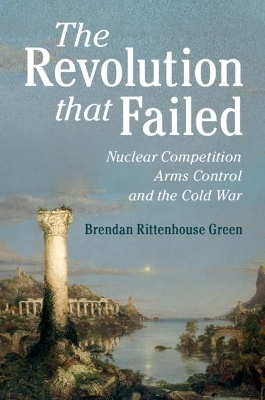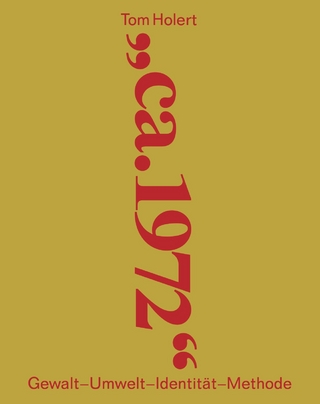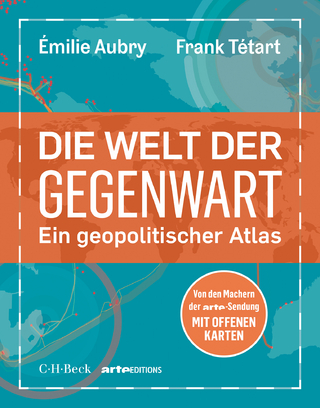
The Revolution that Failed
Cambridge University Press (Verlag)
978-1-108-48986-7 (ISBN)
The study of nuclear weapons is dominated by a single theory - that of the nuclear revolution, or mutual assured destruction (MAD). Although such theorists largely perceive nuclear competition as irrational and destined for eventual stalemate, the nuclear arms race between superpowers during the second half of the Cold War is a glaring anomaly that flies in the face of this logic. In this detailed historical account, Brendan Green presents an alternate theoretical explanation for how the United States navigated nuclear stalemate during the Cold War. Motivated by the theoretical and empirical puzzles of the Cold War arms race, Green explores the technological, perceptual, and 'constitutional fitness' incentives that were the driving forces behind US nuclear competition. Green hypothesizes that states can gain peacetime benefits from effective nuclear competition, reducing the risk of crises, bolstering alliance cohesion, and more. He concludes that the lessons of the Cold War arms race remain relevant today: they will influence the coming era of great power competition and could potentially lead to an upsurge in future US government nuclear competition.
Brendan Rittenhouse Green writes on issues of nuclear strategy, American foreign policy, and grand strategy. His scholarly articles have appeared in journals such as International Security and Security Studies, and have received awards from the Journal of Strategic Studies and the American Political Science Association.
Introduction: a revolution, or what?; 1. The nuclear revolution revisited; 2. The delicacy of the nuclear balance; 3. Comparative constitutional fitness; 4. Testing the argument against its competitors; 5. Nixon and the origins of renewed nuclear competition, 1969–1971; 6. Nixon, Ford, and accelerating nuclear competition, 1971–1976; 7. The rise of nuclear warfighting, 1972–1976; 8. Carter and the climax of the arms race, 1977–1979; 9. The revolution that failed.
| Erscheinungsdatum | 18.03.2020 |
|---|---|
| Zusatzinfo | Worked examples or Exercises; 4 Tables, black and white; 1 Line drawings, black and white |
| Verlagsort | Cambridge |
| Sprache | englisch |
| Maße | 158 x 235 mm |
| Gewicht | 530 g |
| Themenwelt | Geisteswissenschaften ► Archäologie |
| Geschichte ► Allgemeine Geschichte ► Zeitgeschichte | |
| Sozialwissenschaften ► Politik / Verwaltung ► Europäische / Internationale Politik | |
| ISBN-10 | 1-108-48986-9 / 1108489869 |
| ISBN-13 | 978-1-108-48986-7 / 9781108489867 |
| Zustand | Neuware |
| Informationen gemäß Produktsicherheitsverordnung (GPSR) | |
| Haben Sie eine Frage zum Produkt? |
aus dem Bereich


